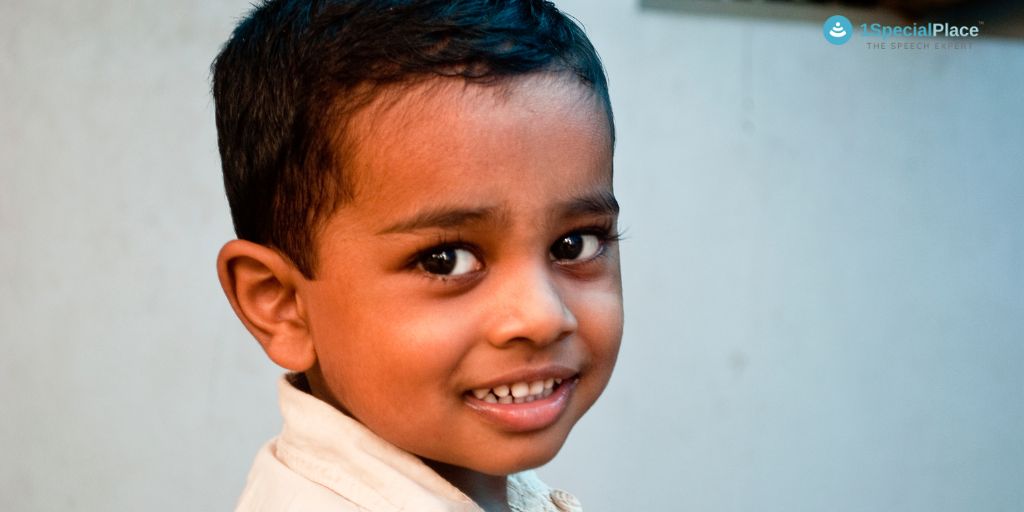
Oral Motor Exercises for Children
Oral Motor Exercises for Children
Skills refer to the appropriate functioning and use of the facial muscles (lips, jaw, tongue, cheeks, and palate) for speaking and eating. Achieving oral-motor skills is an important part of every child’s communication and feeding development. Normal oral motor development begins during foetal stage and continues up until 4 years of age. By 3 years of age a child should be able to consume liquids and solids through straws and open mouth cups and chew advance food textures such as whole fruits, meats etc.
Read here to learn about Childhood Apraxia of Speech.
Oral Motor Exercises for Children
Delay or deviant oral-motor development may lead to poor verbal communication skills and feeding difficulties. Some children diagnosed with Autism Spectrum Disorder (ASD), Attention Deficit Hyperactivity Disorder (ADHD), Down’s syndrome, Intellectual Disability and Global Developmental Delays present with weakness of oral muscles. Oro motor exercises help to improve strength, range of movement and co-ordination of the oral muscles which will facilitate better speech and swallowing function.
What are oral motor skills?
The following lists the skills for the functioning of all facial muscles:
- Awareness
- Strength
- Co-ordination
- Movement
- Endurance
Who needs oral-motor exercises?
These are some red flags in a child that oral-motor skills need attention:
- Speech sound errors/ delayed verbal language skills
- Mouth is usually in open position
- Tongue hangs out of the mouth
- Drooling/ Excessive saliva secretion
- Often food falls out of the mouth while feeding
- Difficulty chewing and biting
- Unable to elevate or protrude tongue
- Choking or coughing often while eating
- Gagging while feeding
- Unable to suck, lick, chew or blow
- Preference of specific food texture/ oral sensory issues
“If any of the above stated issues have been persisting in a child, it is highly recommended to first consult with a Speech-Language Therapist.” Contact us now.
How and when should you practice with your child?
The activities listed below are easy to practice with children. Try to incorporate the exercises during play time with your child. It is very important to demonstrate and model these exercises to facilitate faster learning. You can use a mirror or a puppet to make it interesting. If a child is unable to do a particular oral-motor exercise listed below, it’s an indication to train for that specific muscle group. These exercises can be repeated three to six times a day until the skills improve. Every child learns at his/her own pace, progress may be noted in a few days to weeks or sometimes it may also take months.
“If you are already consulting with a Speech-Language Therapist, please follow their advice regarding your child.”
Oral motor exercises:
Read here about Oral Placement Therapy Tools
Lip exercises:
- Make a smile (hold for 3 seconds), relax and repeat the same
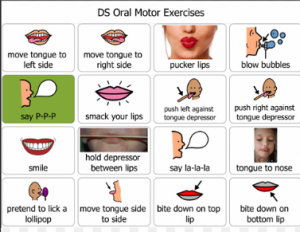
- Make a smile then say “ooooo” , “eeeeeee”
- Lip pops, say “pop” “puh” “pe” with exaggerated pressure
- Lollypop squeeze (Hold and squeeze lollypop with lips for 6 seconds)
- Lip press (press your lips together for 3-6 seconds)
- Make a kiss (hold 3-6 seconds)
- Smack lips together (5 times)
- Make humming sounds
- Drink through a twisty straw
Cheek exercises:
- Make silly faces in a mirror
- Blow bubbles or puff balls
- Blow cheeks with air and hold (3-6 seconds)
- Massage cheeks with two fingers in clockwise and anti-clockwise direction (6 times)
- Holding ice cream stick between lips (3-6 seconds)
- Drink from a straw
Jaw exercises:
- Chewing a candy
- Chewing a chewy stick or toy
- Drinking thick milkshake from a straw
- Playing tug-a-war by holding a chewy candy in between the lips and you pull it away
- Open the jaw wide and say “aaah” (hold 3-6 seconds)
- Massage the jaw gently towards and away from the lips
- Chew to make a paste of advance food textures (carrots, apples, pear etc)
- Ice chips on jaw and lips to improve sensory awareness
Tongue exercises:
- Lick lollipops up and down protruding the tongue outside the mouth
- Licking honey or yogurt from sides of the lips
- Tongue clicks and popping sounds
- Hold tongue elevated (3-6 seconds)
- Hold tongue outside the mouth (3-6 seconds)
- Touch tongue tip to nose
- Push and hold the tongue inside both sides of cheek (3-6 seconds)
- Chew a biscuit to make it soft and mushy
- Fold and hold tongue tip between lips (3-6 seconds)
- Push against a lollypop on either side protruding the tongue (hold 6 seconds)
- Gently press the lollypop on the tongue (6 times)
- Place chocos or cheerios on the tongue tip and lift and press against the palate
- Say “puh tuh kuh” repeatedly in the order
- Say “lalalala” “tatata”
- Say “shhhhh”
- Say “Brrrrrrrr”
Palate exercises:
- Puff cheeks and breath through nose while someone presses on against the cheeks
- Straw blowing
- Transfer puff balls through a straw from one bowl to another
- Blow cotton balls or bubbles in water
- Say “aahhhh”
- Say “ma ba” alternating
- Say “na da” alternating
- Eat cold food (ice cream etc) for oral awareness
Click here to see a detail video on oral motor skills
Is oral-motor therapy effective?
Practicing oral-motor exercises will greatly improve a child’s ability to eat better and produce speech sounds with improved clarity. However, not all children may benefit from stand alone oro motor exercises and may need additional Speech-Language therapy. If you are concerned about your child’s speech-language development, please contact a Speech-Language Therapist as soon as possible.
“If you are concerned about your child’s speech-language development, please contact a Speech-Language Therapist as soon as possible.”
With our exclusive Online Speech therapist and best online speech therapy in India, receive cutting-edge treatment from the comfort of your own home. At 1SpecialPlace you have the right to be confident in your communication and to learn from the finest.
Please leave us a comment if you liked the article.
For more ideas check out our other related blogs
View this post on Instagram
- Tele-Speech Remediation of Stuttering: A Case Study - April 22, 2023
- Voice Changes During Puberty in Teenagers - April 11, 2023
- Vital Stim Therapy for Swallowing Difficulty - April 4, 2023

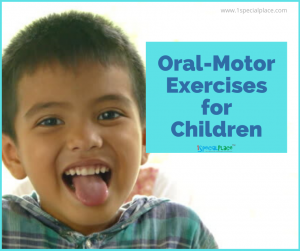
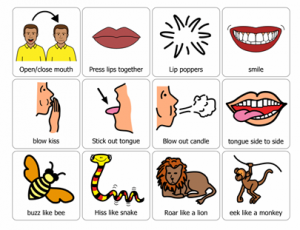

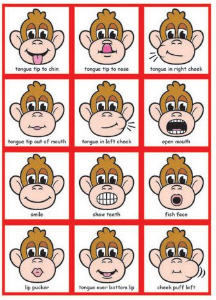
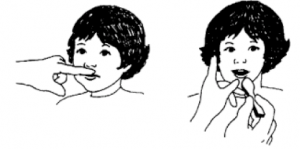

Leave a Comment
(8 Comments)
Excellent presentation and Very clear explanation and informative
Very informative and useful for parents.
Hello, my self Rutu here , i find it very useful, short and simple. thank you so much.
Hello Ms. Rutu, Thank you!
AYESHA ,thanks alot for the information,i really apreciated to found you on line i’m physiotherapist volonteer in a school for children with disability .i really like to be in contact with you.blessings!
Hi Daniel! I’m glad you found this information useful. Thank you for your comment.
Very informative
Thank you 🙏🙏
Thank you!
Categories
Recent Posts